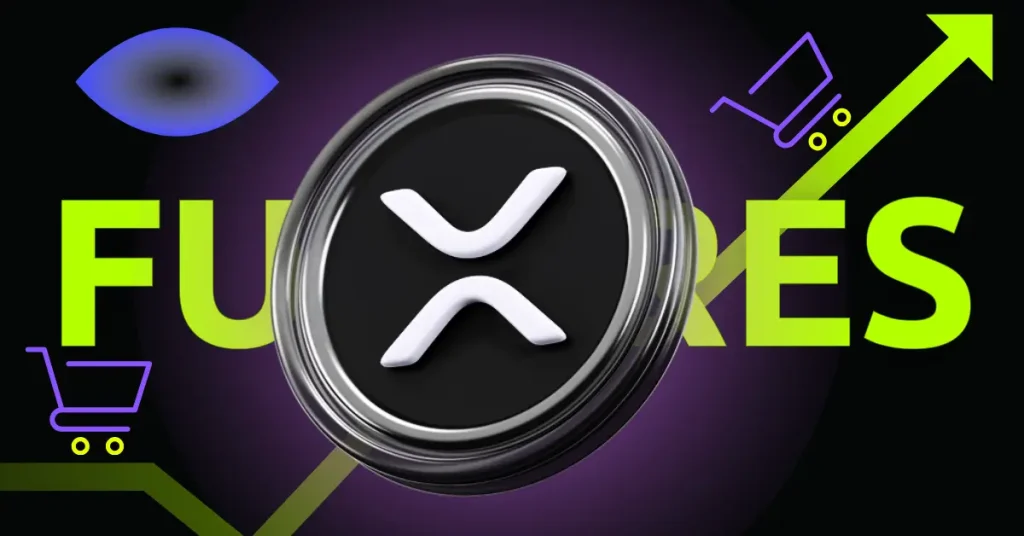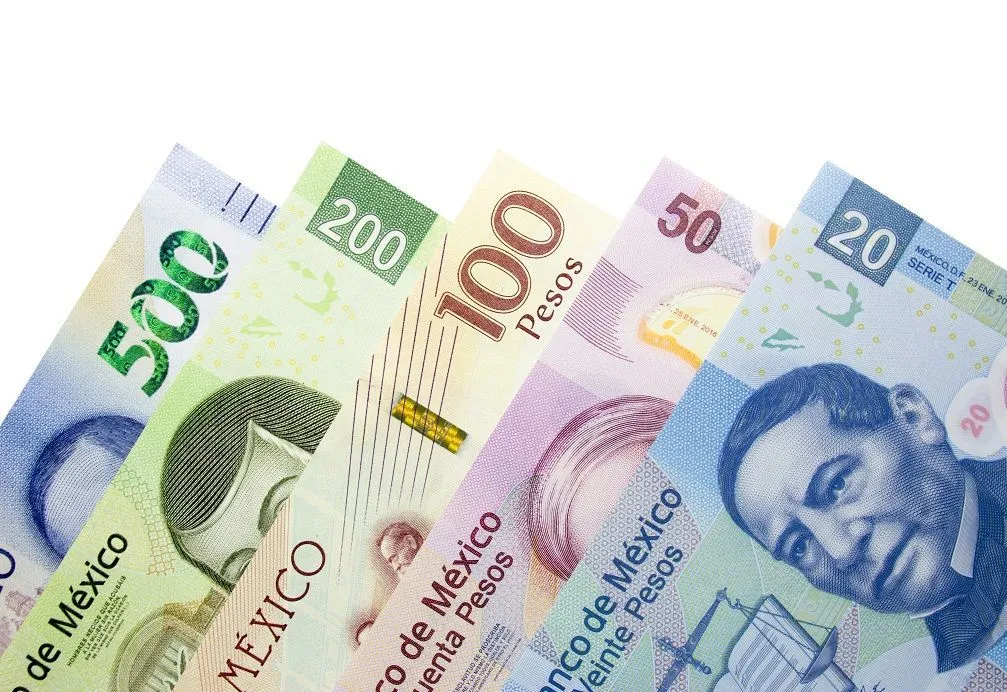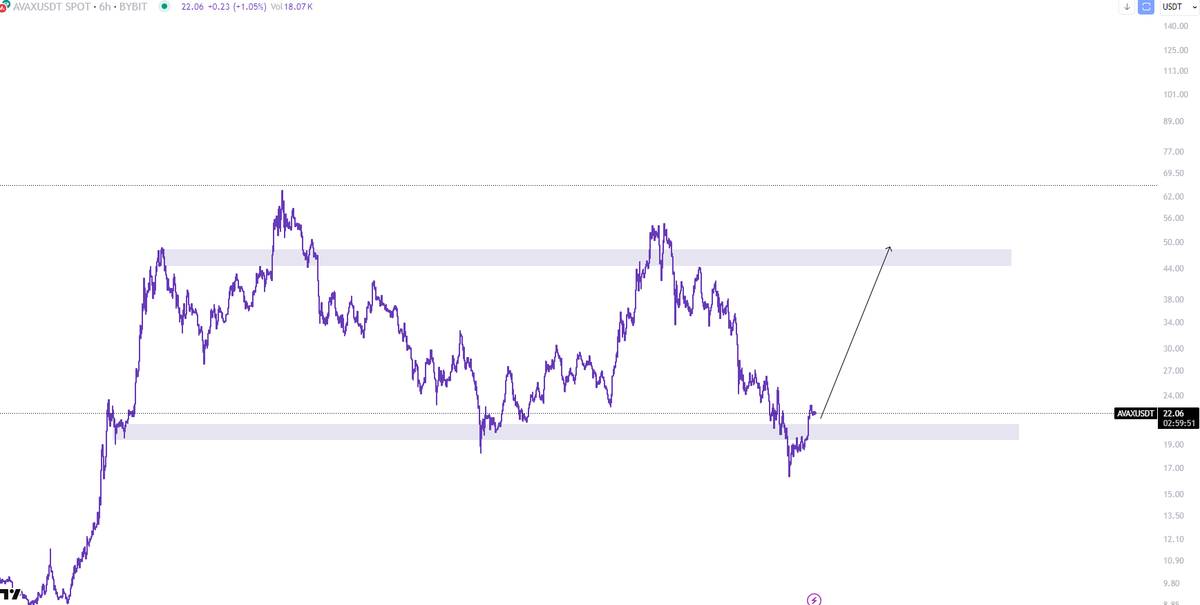
Rich Dad Poor Dad author Robert Kiyosaki once again stole the spotlight with his latest revelation on Bitcoin and other assets. In a recent X post, the renowned author and financial expert hinted towards his shifting focus amid the ongoing economic turmoil. Besides, it has also sparked discussions over whether the author has been halting his BTC buying strategy for some time now.
Robert Kiyosaki’s New Bet: Silver Over Bitcoin
In a recent post on X, Robert Kiyosaki emphasized that silver, not Bitcoin, is his current focus. While he hasn’t dumped BTC, he made it clear he’s not actively buying more of it for now. Instead, the Rich Dad Poor Dad author is actively stacking up on silver, especially silver eagles, calling them “the biggest investment bargain today.”
According to the author, silver is still 50% below its all-time high, currently trading near $35. However, Kiyosaki believes the metal could double in value by the end of the year, reaching $70. He noted that gold has already reached record highs, but silver remains affordable and accessible for “people with not much money.”
Meanwhile, Robert Kiyosaki also reminded his followers of a lesson from his “rich dad” that profits are made when buying, and not when selling. He stressed that he gradually became wealthy and chose to hold assets long-term.
His message hinted at a shifting strategy of buying undervalued assets rather than Bitcoin or gold for now. Besides, he has also previously praised silver over gold and BTC.
Is Kiyosaki Abandoning BTC?
Robert Kiyosaki’s recent X post has sparked discussions over whether he is abandoning Bitcoin and shifting towards only Silver investment. However, despite his silver pivot, it appears that he isn’t backing out of BTC. He clarified that he still holds a substantial amount of the flagship crypto.
However, the absence of new Bitcoin purchases suggests a temporary shift in strategy. Besides, Kiyosaki’s shift is likely rooted in valuation. Bitcoin’s recent surge may have triggered a wait-and-watch approach. In contrast, Silver still has room to grow, as he predicted, making it more attractive in the short term.
Notably, Bitcoin has continued its upward run this week. BTC price today jumped nearly 6% and soared past the $93,700 mark, with its trading volume soaring 51% to $57 billion. Besides, it’s worth noting that Kiyosaki has recently predicted BTC to hit $200K by the end of 2025, reflecting his optimistic outlook on the future trajectory of the coin.
The post Robert Kiyosaki Shifts Focus To This Asset But Not Bitcoin appeared first on CoinGape.







